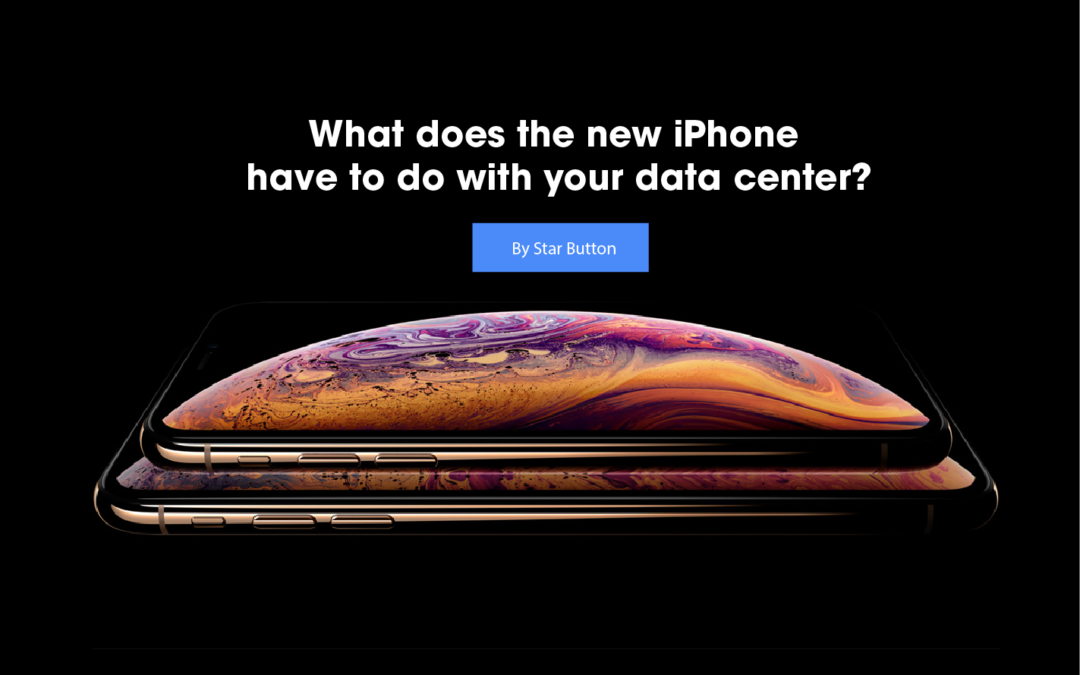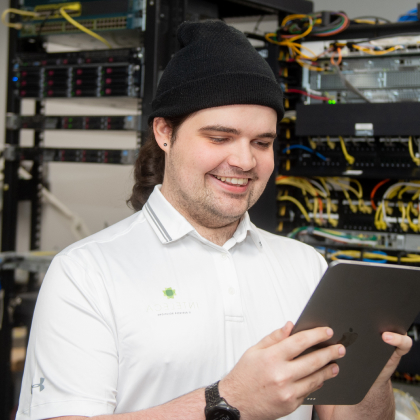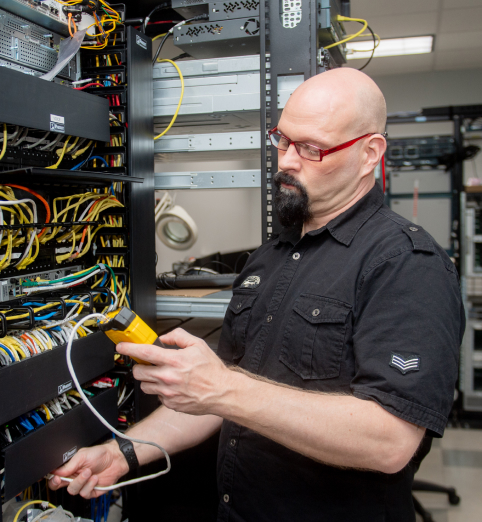It’s amazing how one company can seemingly produce so much buzz—I am, of course, referring to the latest Apple news regarding, yet again, a new set of iPhones coming to a store near all of us in the coming weeks. And though it may seem like just more marketing chatter, there is a very real correlation between mobile devices and the data center.
In fact, it’s not just mobile devices. It’s everything from the Internet-of-Things (IoT) pushing more and more digital assistants into homes, virtual reality headsets, and a seemingly endless supply of apps introduced on a daily basis. All of these things, though largely representative of the consumer space, have one very distinct thing in common: data.
As our global society collectively continues to swiftly move into the next evolution of IT—a place where our personal lives continue to merge in an almost seamless manner with our work lives, the impact for businesses is profound.
With all of this outside technology creating data demands on business, the first thing to fail is the data center—the epicenter of business process. As business needs change to accommodate new demands for connectivity, and the subsequent associated data flow, weaknesses and vulnerabilities will begin to present themselves. The question now becomes: Have you assessed your data center to identify potential and imminent weaknesses?
With everything being connected, businesses now more than ever need to ensure that all critical and non-critical systems are running at optimal levels, and to ensure all supported business processes continue to run without fail. Most importantly, areas that can suffer the most will include everything from power and cooling, to specific feature/functionality aspects of the environment, to communications infrastructure such as fiberoptic networking and/or copper, and network resilience and storage.
Of course, there is also the concept of growth. With digital transformation initiatives being in full swing across the global Fortune 1000 (and beyond), new and highly specific needs must be addressed when developing the next generation of data center. Considering that the modern data center now fully represents the foundation for the majority of business process, logistics, data-based business intelligence, and more, the requirements placed on data centers as they relate to performance and reliability are crucial to ongoing business success.
The result? Companies must endeavor to address every vital business need: modeling, planning and designing the full scope of a modern data center’s IT resources to create a documented and diagrammatic, logical view of everything needed. Sounds great in theory, right? If we have all learned anything in the world of IT infrastructure, everything sounds great in theory—it’s the logistics behind the theory turning a dream into reality that is the challenge, every time.
The biggest challenge here is the skillset to pull off the true modern data center design. That skillset is rare in most organizations, mostly because it’s not a requirement for day-to-day operations. It’s like suggesting a company that builds a new headquarters should keep the architect on staff long after the last piece of furniture is moved in. There is no need. The same goes for data center design: let the outside professionals do their job and reap the rewards.
So, back to the new iPhone and every other technological release coming this year. The new world of connectivity is—and forever will be—greater than the sum of its parts. The information gathered, shared, and stored for analysis is what will drive business success in the new millennium. And though one simple mobile device isn’t the totality of the issue, it could very well be the proverbial straw that breaks the data center’s back.
We all love to be connected. Just be careful what you wish for, and be prepared for the results of that ubiquitous connectivity.



